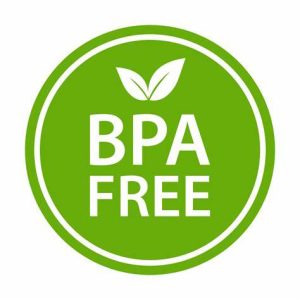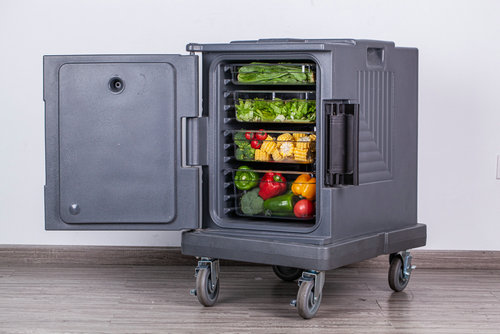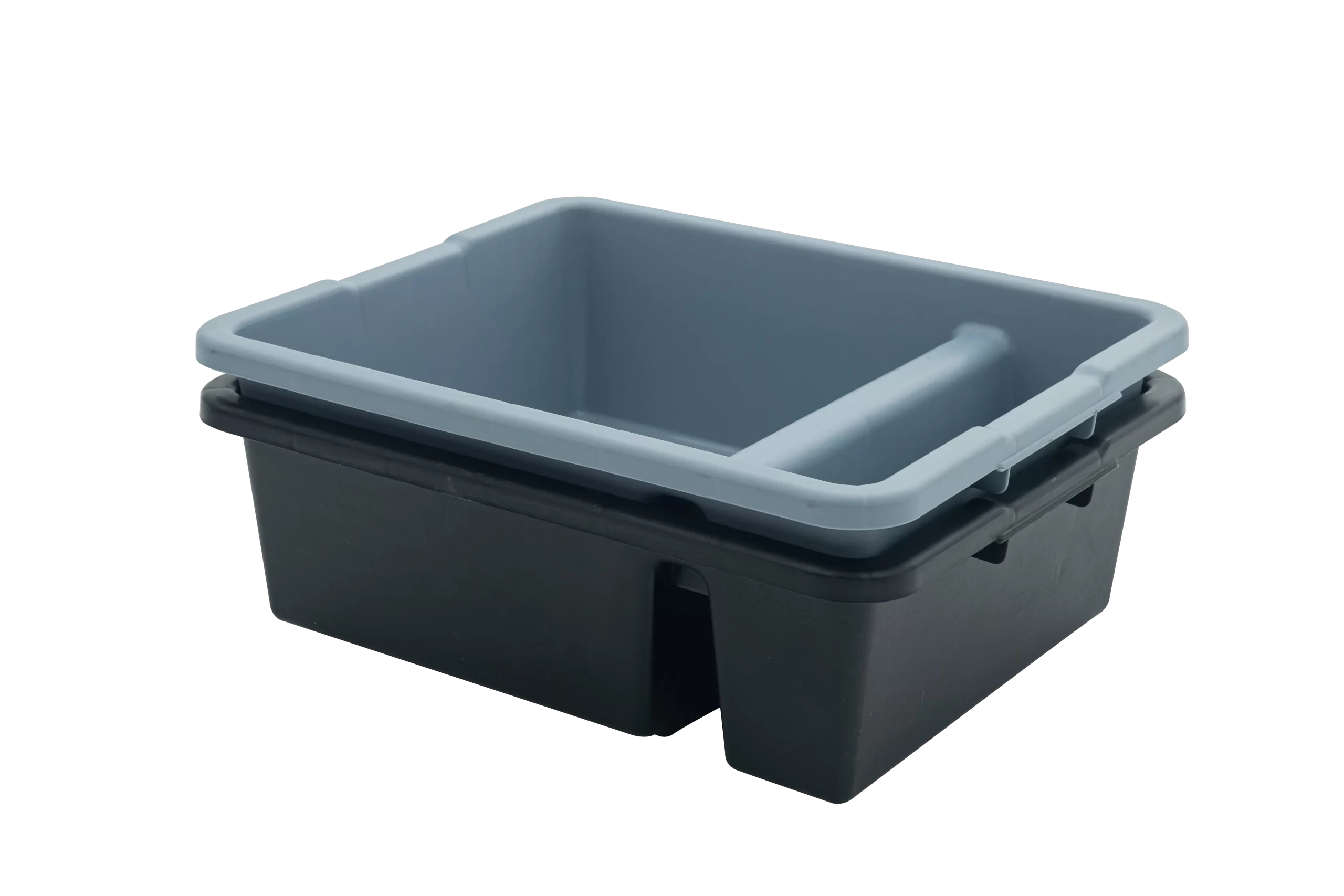In the plastic products we commonly use in our kitchens on a daily basis, a potential health threat is lurking quietly — bisphenol A (BPA). As a chemical raw material widely used in the manufacture of plastics and resins, BPA used to be extremely common in products such as food packaging and containers. However, with the continuous in-depth scientific research, the adverse effects of BPA on human health have gradually come to light, making BPA detection a crucial link in safeguarding consumers’ health.
BPA: A Potential Health Hazard
BPA is an industrial compound often used in the manufacture of polycarbonate plastics and epoxy resins. These materials are widely applied in products such as food cans, beverage bottles, and kitchen utensils. Unfortunately, BPA has endocrine-disrupting properties, which can mimic the body’s own hormones and interfere with normal physiological functions. Numerous studies have shown that long-term exposure to BPA may be associated with a variety of health problems, such as breast cancer, prostate cancer, childhood obesity, and reproductive and developmental abnormalities. What is particularly concerning is that special groups such as infants, young children, and pregnant women are more sensitive to the harm of BPA. Since their bodies are in a stage of rapid development, the interference of BPA may have a profound impact on their future health. For example, in products for infants and young children, it is clearly stated that the addition of BPA is not allowed, and the presence of this substance in products is strictly prohibited.

Methods of BPA Detection
In order to accurately detect whether BPA is present in products, scientists have developed a variety of advanced detection methods. Among them, high-performance liquid chromatography (HPLC) is a commonly used chemical analysis technique. It works by injecting the sample into a chromatographic column filled with a special stationary phase. By taking advantage of the differences in the partition coefficients of different substances between the stationary phase and the mobile phase, it enables the separation and quantitative detection of BPA. HPLC has extremely high sensitivity and accuracy, capable of precisely measuring extremely small amounts of BPA, providing a reliable basis for product safety evaluation. Another commonly used method is gas chromatography (GC). This method is suitable for detecting volatile compounds. For the detection of BPA, the BPA in the sample needs to be first converted into volatile derivatives, and then analyzed by a gas chromatograph. GC also has high accuracy and reliability, but its operation process is relatively complex and requires professional personnel to carry out precise operations.
Regulatory Standards for BPA
With the deepening of the understanding of the hazards of BPA, countries around the world have successively introduced regulations to strictly limit the use of BPA in food contact materials. The draft regulation issued by the European Commission requires that the migration amount of BPA in food contact varnishes and coatings should not exceed 0.05mg/kg, and no BPA migration should be detected in food contact plastics used for infants and young children. In the United States, different states also have their own strict regulations. For example, California stipulates that the BPA content should be ≤ 0.1ppb, while places such as Chicago (Illinois), Maine, Minnesota, New York State, and Wisconsin directly prohibit the presence of BPA in products (Wisconsin requires labeling if the product does not contain BPA). In China, a series of relevant standards have also been formulated, such as GB 13116 – 91 Hygienic Standard for Polycarbonate Resin Used in Food Containers and Packaging Materials, GB 14942 – 94 Hygienic Standard for Polycarbonate Molding Products Used in Food Containers and Packaging Materials, etc., which strictly limit indicators such as the phenol dissolution amount.
PlasticsKitchen’s Commitment
At PlasticsKitchen, we deeply understand the importance of product safety. In order to provide you with the most reassuring kitchen plastic products, we conduct strict BPA detection on each product. We use advanced detection equipment and professional detection processes to ensure that every product entering the market meets or even exceeds international safety standards. Our products not only pass the detection of third-party authoritative laboratories, proving that they do not contain harmful BPA, but also undergo strict quality control throughout the entire production process, from raw material procurement to finished product delivery, to prevent the introduction of BPA. When you choose PlasticsKitchen’s products, you are not only choosing high-quality kitchen supplies, but also providing strong protection for the health of your family. We are committed to creating a safe and healthy kitchen environment for you, allowing you to enjoy the fun of cooking without worrying about potential health risks.




